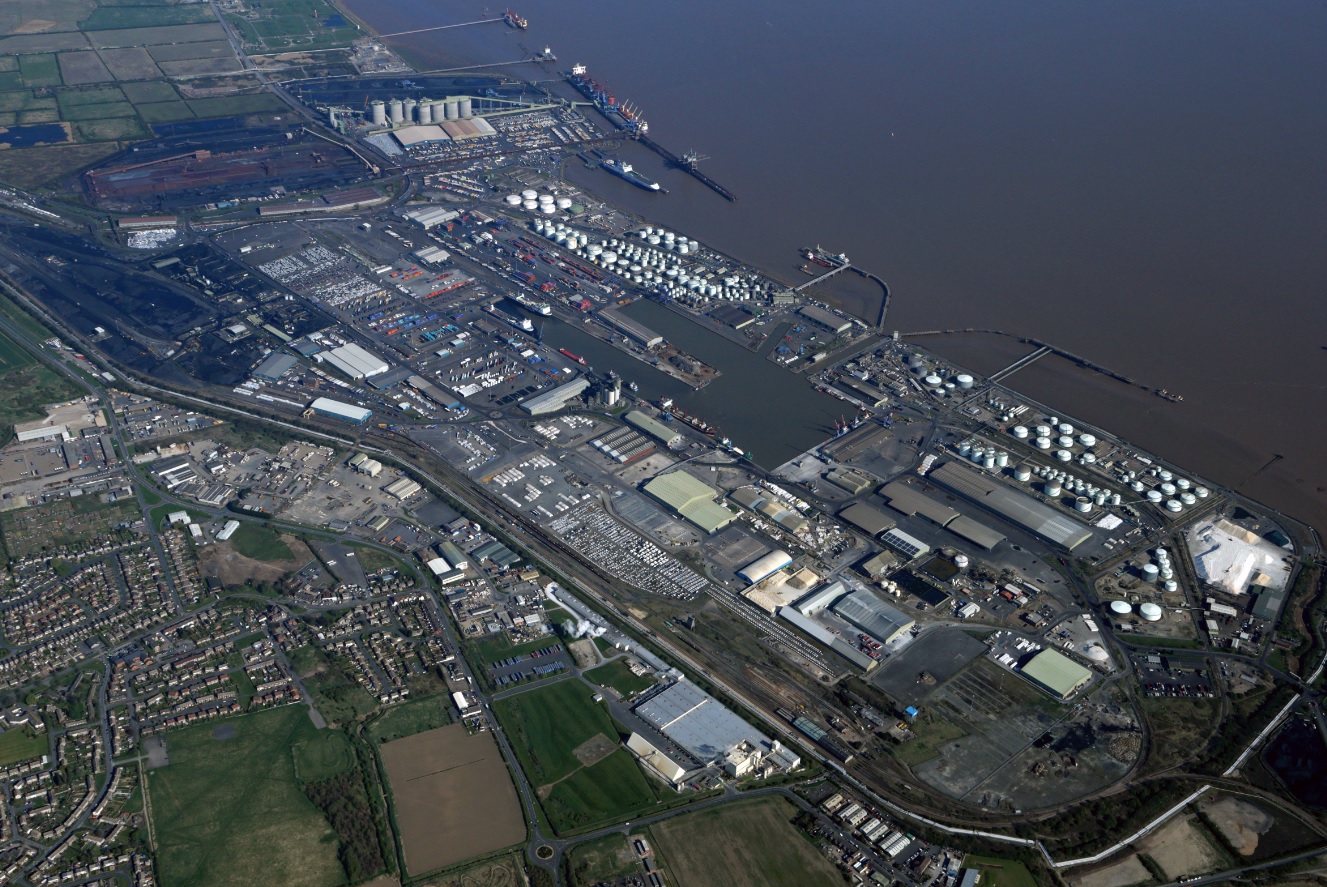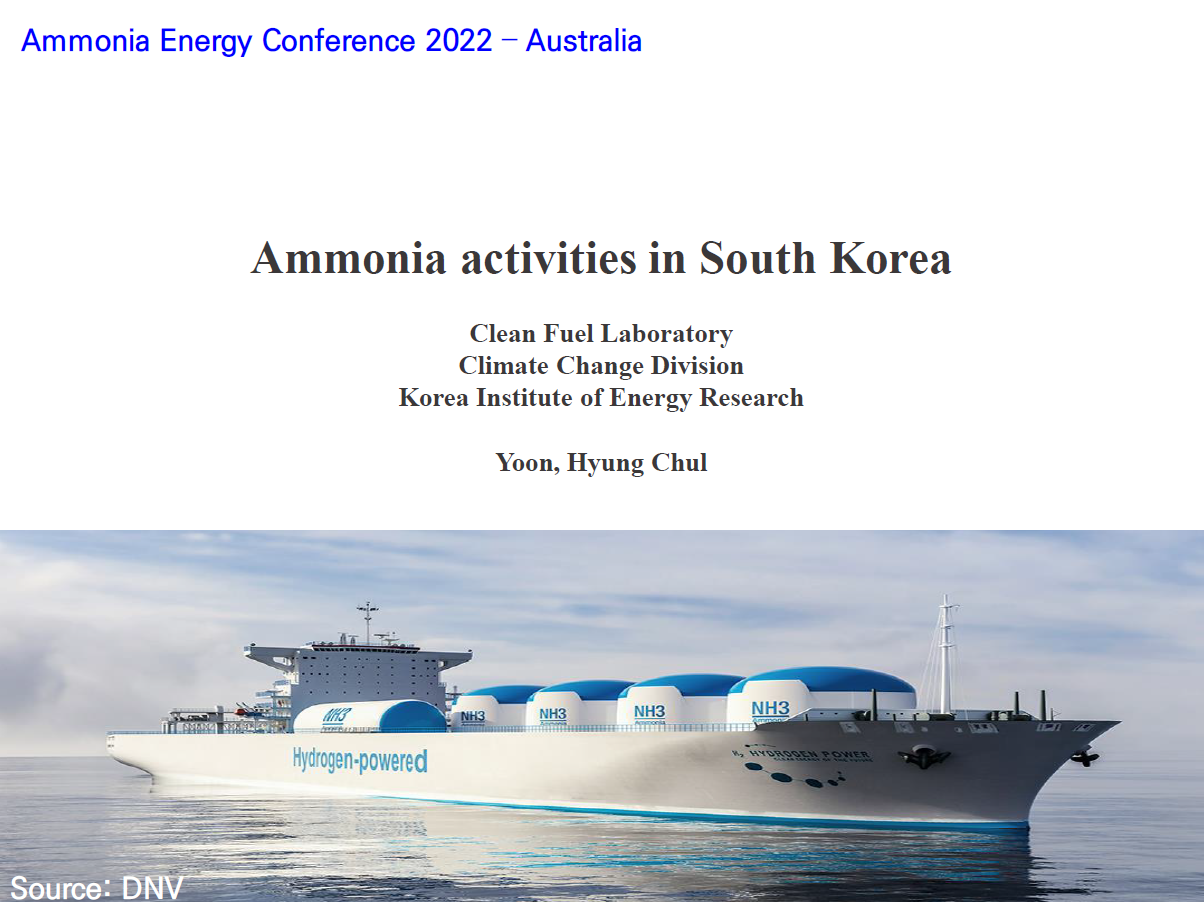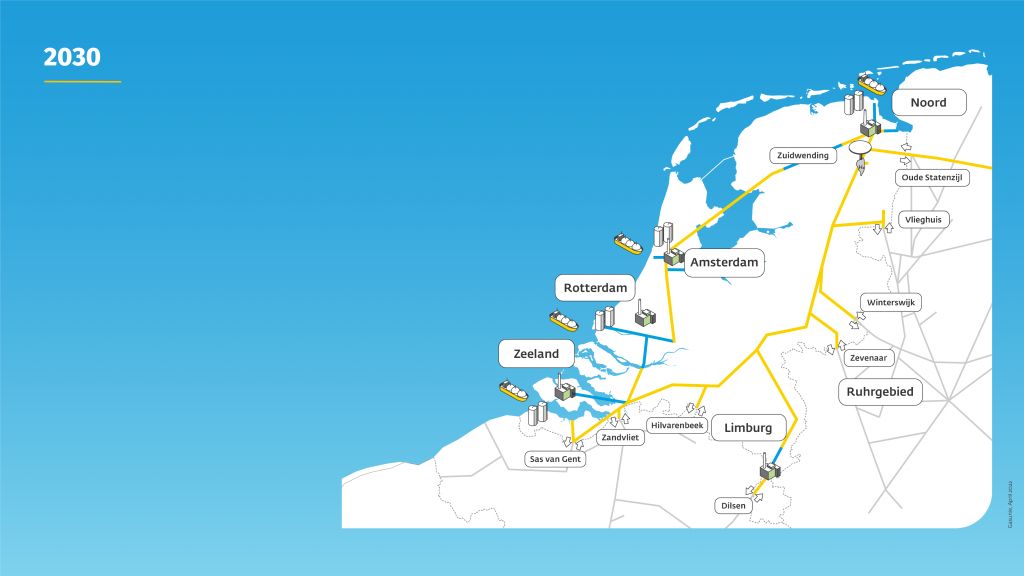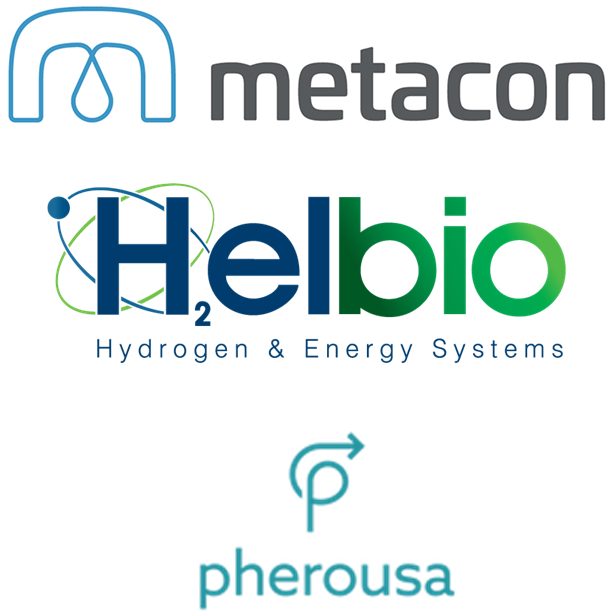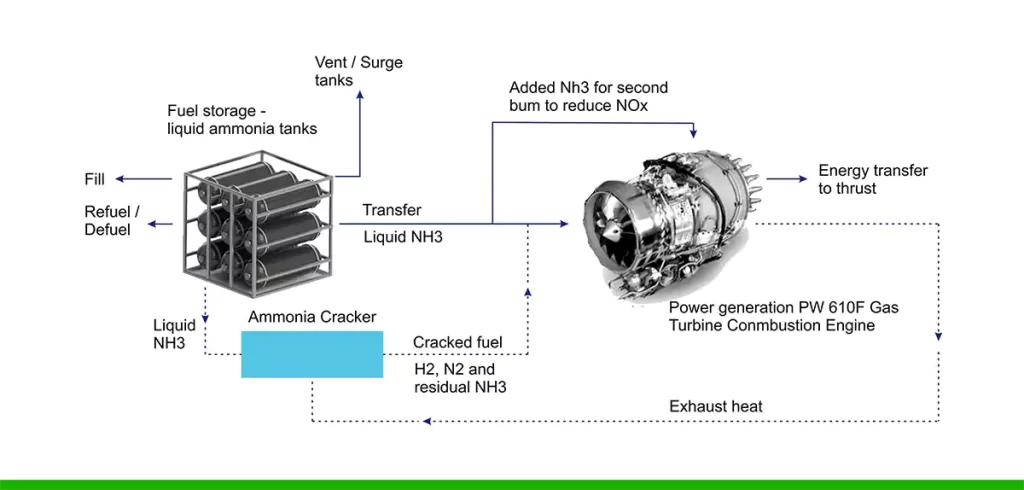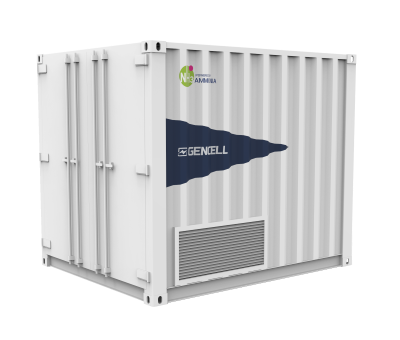Air Products targets ammonia imports at UK port
Air Products and Associated British Ports will develop a facility at the Port of Immingham for ammonia imports and hydrogen production (ie. cracking). Immingham is one of the UK’s largest ports and sits within Humberside: the UK’s largest industrial cluster. This follows on from a July announcement, which will see Air Products team up with Gunvor to develop an import terminal in Rotterdam, bringing ammonia from Air Products production projects around the world into Europe from 2026.
